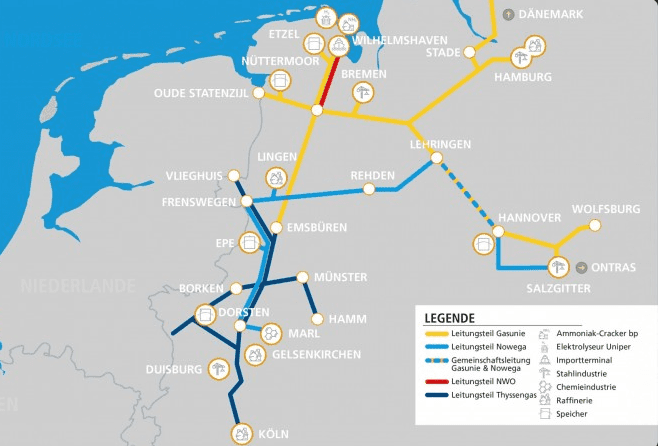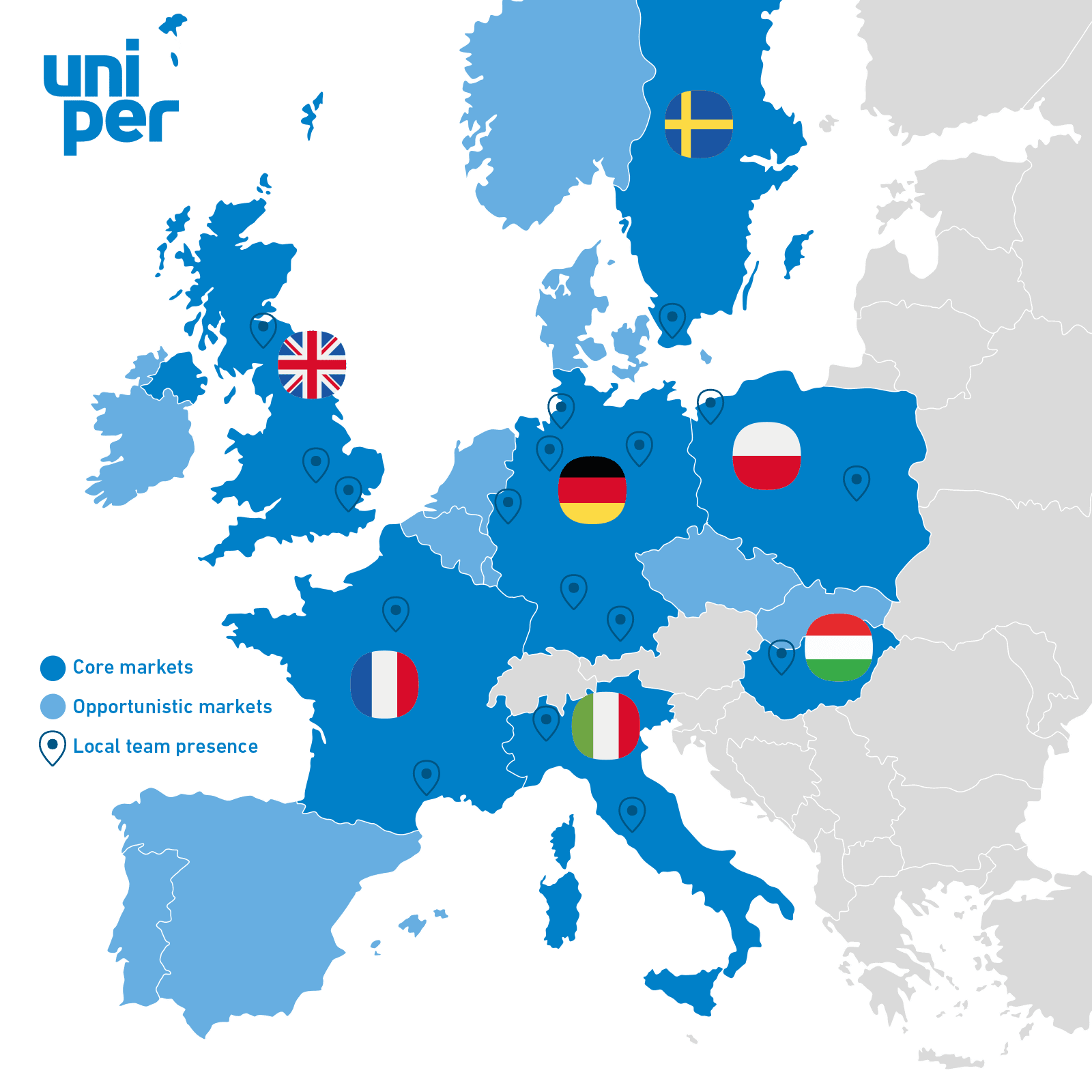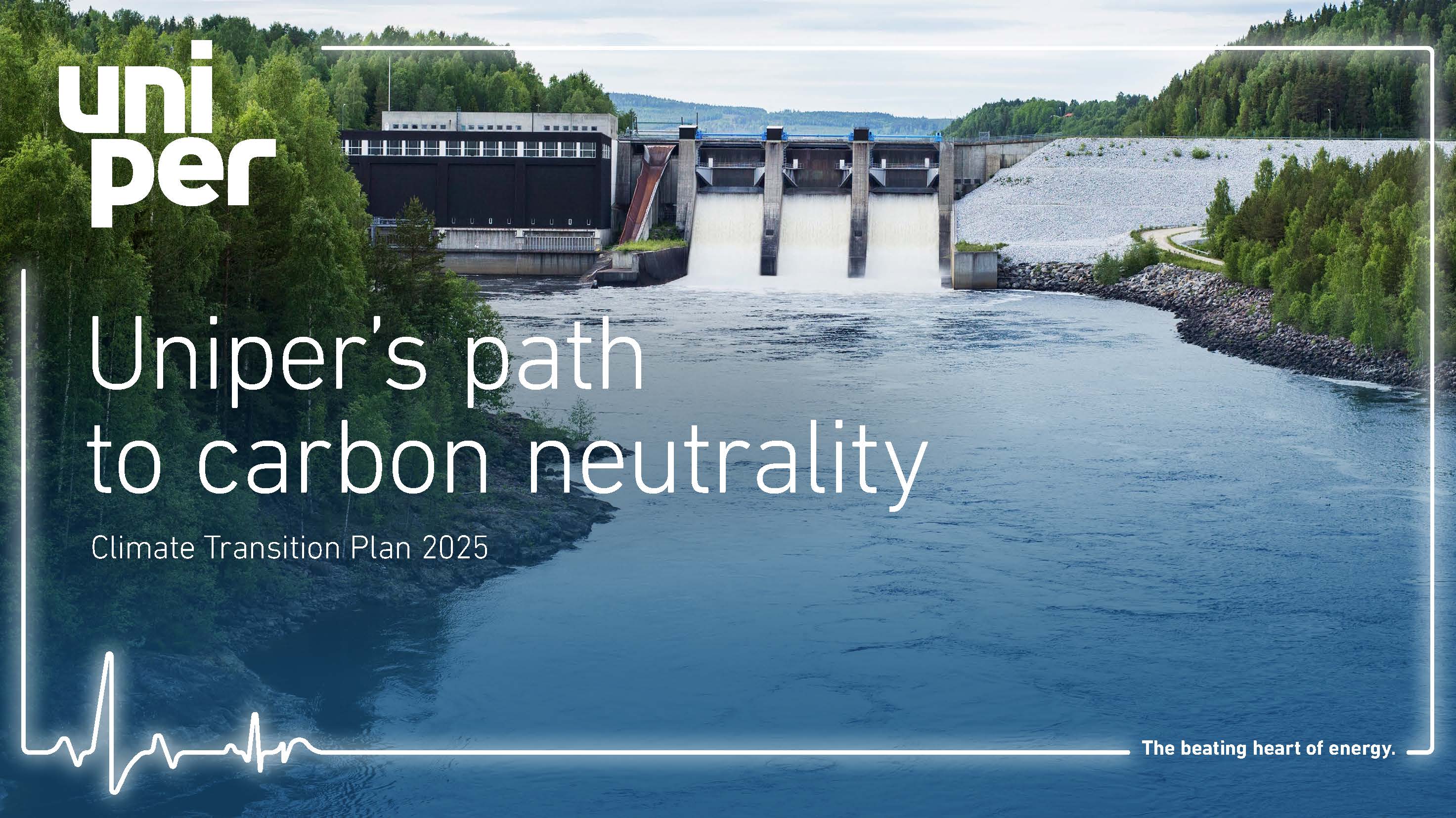
Green Wilhelmshaven
Green Wilhelmshaven: To new horizons
Transforming Wilhelmshaven into a green energy hub and paving the way for a carbon neutral future.
Our Vision
Uniper is transforming Wilhelmshaven into a central energy hub for the import and production of green hydrogen-based energy sources.
To reach its net zero targets, Germany needs large volumes of green energy sources. Currently, it cannot produce enough renewable electricity domestically and therefore energy imports and the expansion of offshore wind farms in the German North Sea are vital. Investing in both the import and production of renewable energy carriers ensures diversification of supply and a reduction of Germany’s dependency on singular energy suppliers in the future.
With Green Wilhelmshaven, we will help ensure the security of supply of Hydrogen products in Germany and large parts of continental Europe. Furthermore, this large-scale project will also ensure value-adding in the region both my creating new jobs in the area and by driving the energy transition in Germany – and Europe – forward.
Uniper’s Green Wilhelmshaven project aligns with the European hydrogen strategy, which underlines the ambitious goals towards a climate neutral European economy and the substantial role of green hydrogen for the required transition.

Uniper's hydrogen flagship project Green Wilhelmshaven
Green Wilhelmshaven will see both the construction of an ammonia import terminal and a 1 GW electrolysis plant for the production of hydrogen. The electrolyzer, in combination with the import terminal, would be capable of supplying around 300,000 metric tons of hydrogen, or 10-20% of the demand expected for all of Germany in 2030.
The project is listed in the Ten-Year Network Development Plan (TYNDP) for 2022 published by the European Network of Transmission System Operators for Gas (ENTSOG). This not only marks a major milestone in the project’s development, but it also demonstrates its relevance in European climate and energy ambitions. For more information on TYNDP please visit here.
Green Wilhelmshaven will have:
- A hydrogen pipeline connection and a tie-in point to the future European Hydrogen Backbone.
- Access to future hydrogen off-takers in Lower-Saxony, North Rhine Westphalia and other German industrial clusters.
- Access to local hydrogen underground storage at the Etzel salt cavern site.
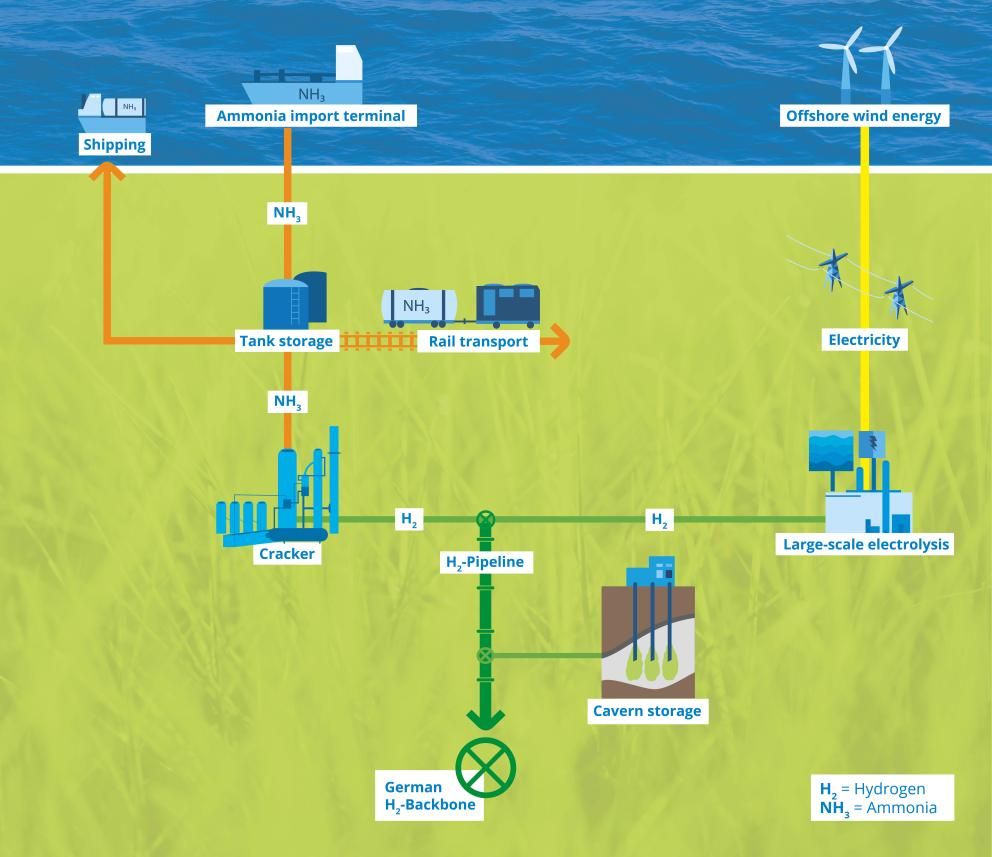
To operate as a major landing and production site for hydrogen, Wilhelmshaven will require an efficient hydrogen infrastructure. This will be achieved by the construction of new dedicated hydrogen pipelines making the location fit for the future of a hydrogen economy.
End-users of our products are industrial off-takers all over Germany. We expect initial demand for green hydrogen from steel producers, the chemical industry and refineries. With the expanding German hydrogen backbone, customers in Lower-Saxony and other parts of Germany will be supplied from Wilhelmshaven.
As a key cross border infrastructure project, Green Wilhelmshaven advances the linkage of energy systems in Europe and thus proves to be of pan-European importance. The amounts of renewable energy generated as well as supplied by Green Wilhelmshaven significantly bolster energy stability and advance sustainability.
Green Wilhelmshaven is also part of Uniper's Energy Transformation Hubs.
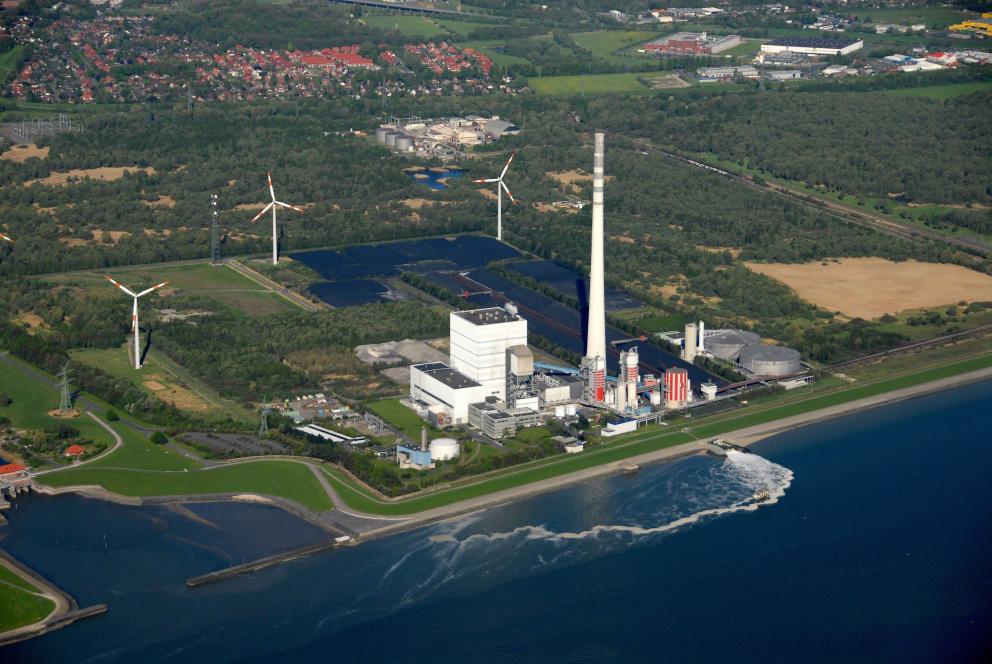
Unlocking the potentials
- The only German deep-water port which offers easy access for large vessels.
- Set to receive over 4 GW of offshore wind.
- Access to the largest hydrogen storage cavern field in Germany.
The import of coal and oil and the operation of two coal-fired power plants have long distinguished Wilhelmshaven as a leading German energy hub. With the decommission of coal-fired power plants and decarbonization of energy imports, Wilhelmshaven is now facing a major transformation as an energy and industrial location, with enormous opportunities to become a hub for green energy sources for the whole of Germany. This will in turn transform and strengthen the region economically. Wilhelmshaven has several unique qualities which make it suitable for such a hub.
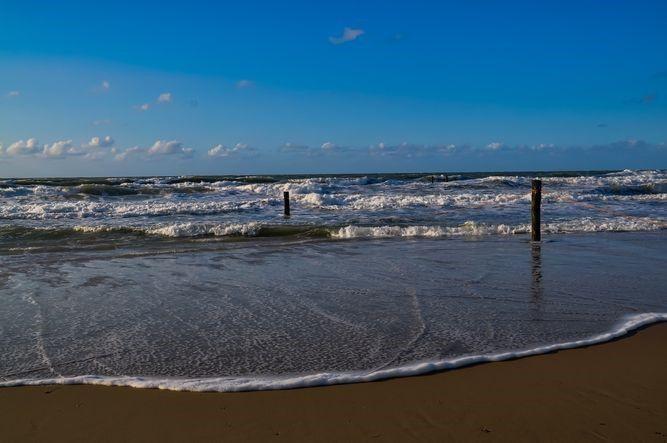
- By 2030, The German Federal Government predicts that demand for hydrogen could grow to 90-110 TWh/a.
- Large-scale imports are necessary since domestic production capacities for green hydrogen are not sufficient.
- Ammonia is the more easily transportable form of hydrogen via large-scale ships to Germany and Europe. Other transport vectors like liquefied hydrogen (LH2) or liquid organic hydrogen carriers (LOHC) are expected to remain in the development stage for several years, and shipping capacities are limited.
- Since ammonia is an important feedstock for various industrial processes, a well-developed market is already established (around 180 million tons of annual consumption worldwide).
- Handling, transportation, storage and usage of ammonia are well-established processes, with high safety standards.

- Electrolysis is used to convert the abundant but volatile wind energy into hydrogen. This can be transported and stored very efficiently.
- Offshore wind energy is landing on the German North Sea coast (current expansion targets of the German government: 4 GW). However, onward transport to the south is complex and expensive with new power lines being required.
- Large-scale electrolysis in Wilhelmshaven can directly absorb significant amounts of wind power and convert it into hydrogen.
- The electrolysis and the entire downstream hydrogen infrastructure act as a “shock absorber”, which store the wind energy as hydrogen and make it transportable under strong wind conditions.
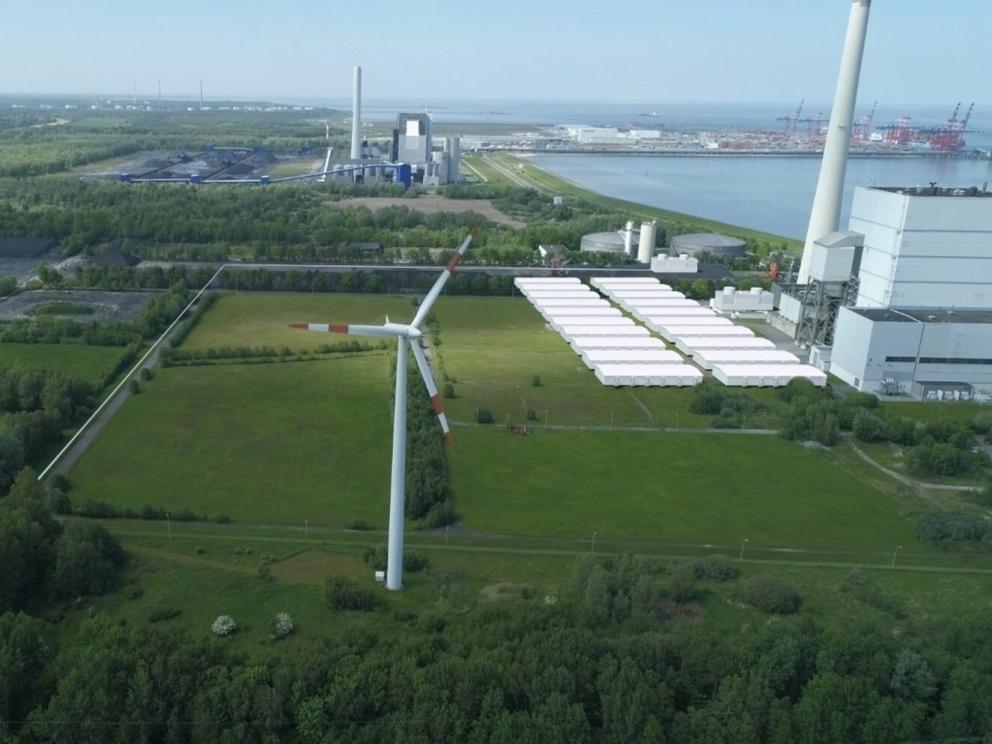
Green Wilhelmshaven is a "Project of Common Interest" (PCI)
Uniper's application to the European Commission as a "Project of Common Interest" (PCI) was successful. The Commission has selected the large-scale electrolysis and the ammonia import terminal as PCI projects and published them alongside 164 other projects in the Official Journal of the European Union in April 2024.
European PCIs are important cross-border infrastructure projects that connect the energy systems of the EU and third countries. The selected projects have a significant impact on the energy markets and their competition. They are intended to help the EU achieve its energy and climate policy goals with regard to a sustainable energy supply and long-term decarbonization of the economy in line with the Paris Agreement.
Green Wilhelmshaven will benefit from simplified permitting and regulatory support through this status and will be eligible for EU funding from the Connecting Europe Facility (CEF).
Our Hydrogen Alliances
ENERGY-HUB Port of Wilhelmshaven
In 2020, a group of companies, organisations and regional stakeholders formed the “ENERGY-HUB Port of Wilhelmshaven” initiative. The members of the “ENERGY-HUB Port of Wilhelmshaven” initiative are active in the import, production, storage and transportation of hydrogen and hydrogen derivatives, natural gas, oil, coal and the generation of renewable energies.
Uniper proudly supports and engages in the project Energy-Hub Port of Wilhelmshaven.

Connecting Hydrogen Projects Across Northwest Germany
From Wilhelmshaven to the industrial centers in North Rhine-Westphalia and Lower Saxony: corporate alliance links projects for hydrogen import, production, transport and consumption.
With bp, Gasunie, Nowega, NWO, Salzgitter, Thyssengas and Uniper, seven strong companies are linking their planned hydrogen projects in northwestern Germany.
More on the article here.
